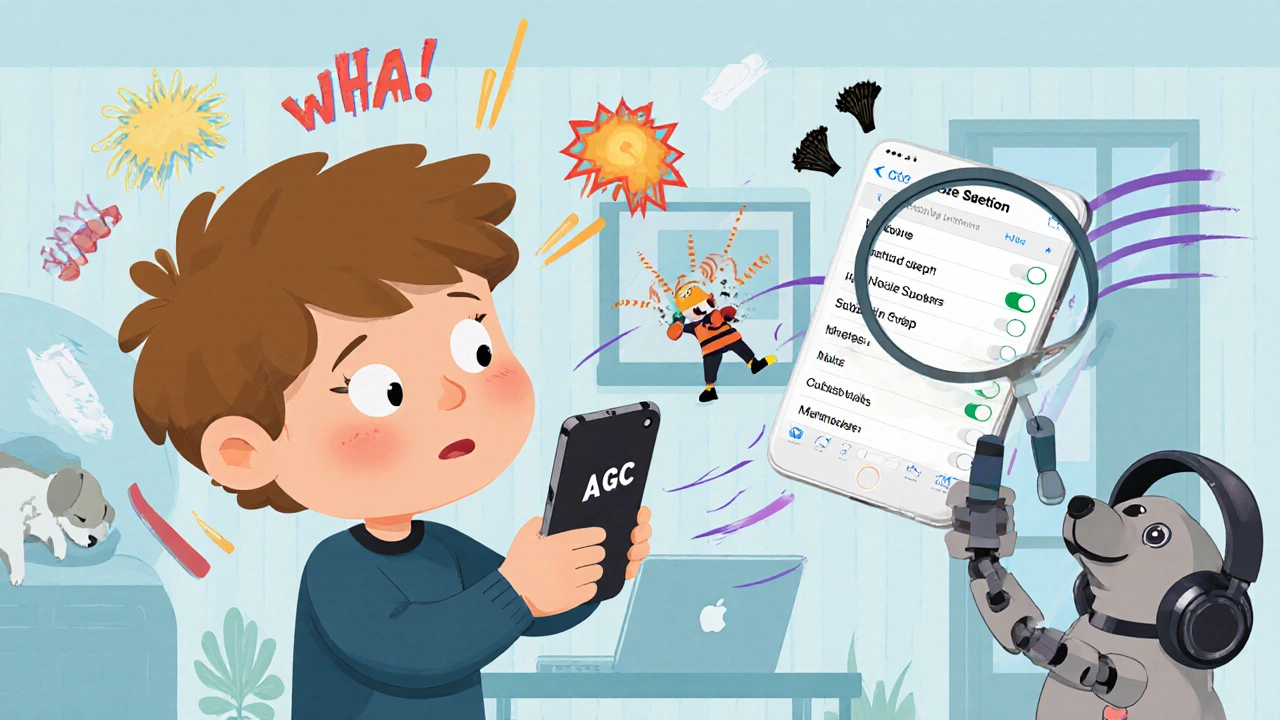Call Volume Fix: How to Manage and Optimize VoIP Call Loads
When your call volume fix, the process of adjusting VoIP system settings to handle sudden spikes or drops in call traffic without dropping calls or degrading quality. Also known as VoIP traffic balancing, it’s what keeps your customer service running when everyone calls at once—like after a promo goes live or during a product launch. A sudden surge in calls can crash your system, even if you’re on a premium VoIP plan. That’s not a provider issue—it’s a configuration problem. Most businesses don’t realize their VoIP system needs tuning just like a car needs oil. You don’t wait for the engine to seize to check the fluids.
Fixing call volume isn’t about buying more lines. It’s about understanding how VoIP call volume, the number of simultaneous calls handled by a VoIP system over a given time period interacts with your network, codecs, and server resources. High call volume means more data packets flying through your internet connection. If your bandwidth is tight or your packetization interval is set too low, calls get choppy or drop entirely. That’s why 20ms packetization is the sweet spot for most businesses—it balances quality and bandwidth use. And if you’re using transcoding between codecs? You’re adding latency that can crush your call volume capacity. Transrating, on the other hand, adjusts packet size without touching the audio—perfect for smoothing out traffic spikes.
Real call volume problems show up in places you wouldn’t expect. A school with a parent hotline sees spikes at 7:30 a.m. and 3:30 p.m. A call center hits peak load during tax season. A church with global missionaries gets a flood of calls on Sunday mornings. These aren’t random—they’re predictable. That’s where call center forecasting, using historical data and event calendars to predict call volume patterns and allocate resources accordingly comes in. You don’t guess. You look at past trends. If your system handled 120 calls an hour last year during the holiday rush, and you’re expecting 15% more this year, you plan for 138. Simple. No magic. Just math and history.
And don’t forget the human side. If your agents are overwhelmed, your average call duration goes up—not because customers are talking longer, but because they’re waiting. That creates a backlog. Fixing call volume means fixing wait times, not just bandwidth. That’s why auto-attendants and virtual receptionists aren’t luxuries—they’re pressure valves. They handle the first wave of calls so your agents aren’t buried under a pile of ring tones.
Behind every call volume fix is a network that’s been tuned. SIP registration failures? They can make your system think it’s handling fewer calls than it is. Rate limiting on SIP traffic? That’s a security feature that can accidentally throttle real calls. And if you’re using DECT headsets in a warehouse with 50+ users? You’re sharing wireless channels that can’t handle the load. These aren’t separate issues—they’re all part of the same puzzle.
The posts below show you exactly how to diagnose and fix these problems—whether you’re running a small business, a church, or a call center. You’ll find real-world setups that cut call drops by 60%, reduce bandwidth waste by 30%, and prevent surprise spikes from turning into disasters. No theory. No fluff. Just what works.
